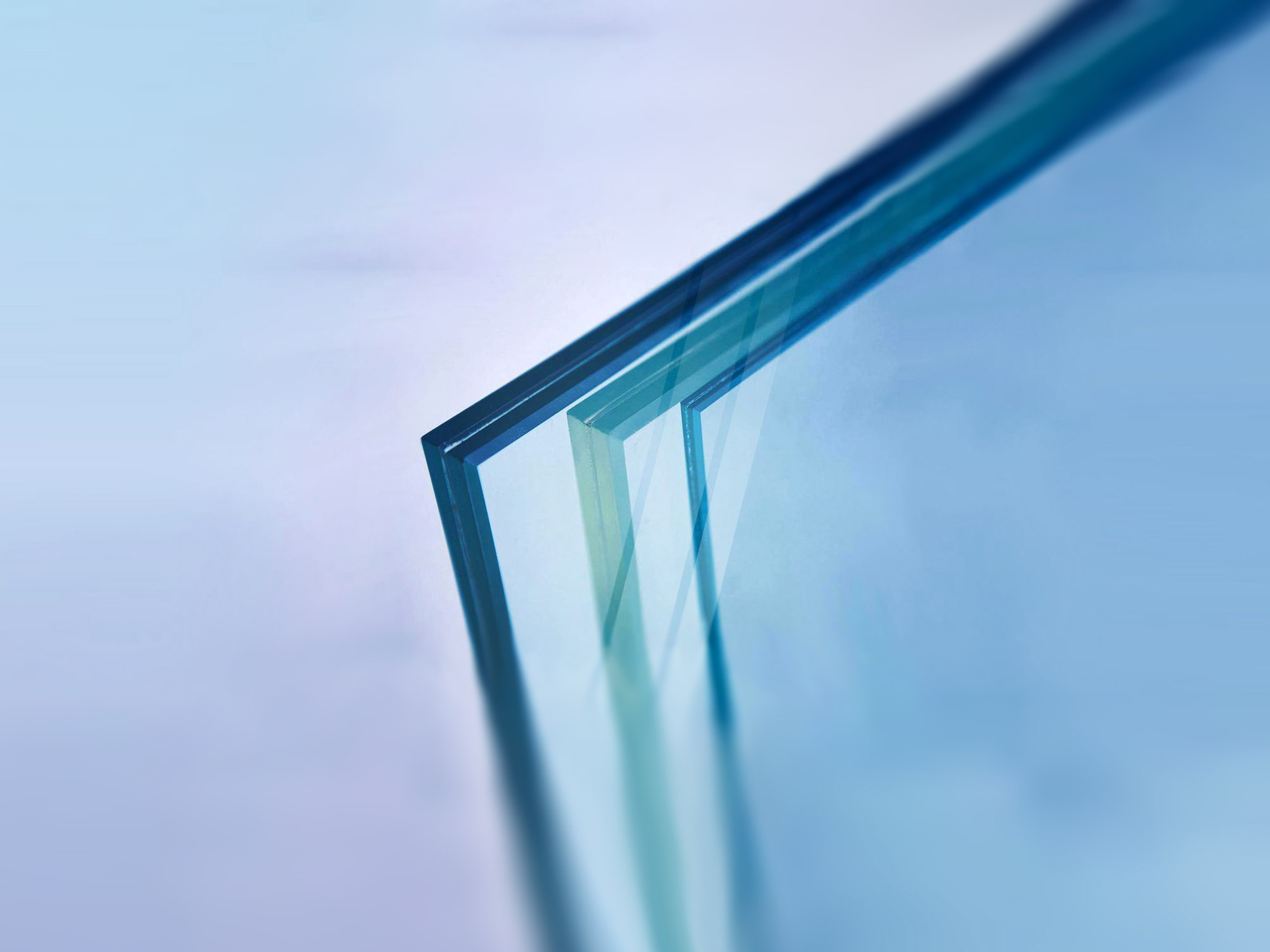

Understanding Low Emissivity Glass Benefits and Applications
Low emissivity glass, commonly known as low-E glass, is an innovative building material that has revolutionized the construction and glazing industries. With the increasing focus on energy efficiency and sustainability, low-E glass has become a popular choice for both residential and commercial buildings. This specialized type of glass is designed to minimize the amount of infrared and ultraviolet light that can pass through it, while still allowing visible light to enter. This unique property makes low-E glass a crucial component in modern architecture and energy-saving solutions.
At its core, low-E glass is coated with a thin layer of metallic or ceramic materials that reflects heat and sunlight while permitting natural light to flow into spaces. The coating can be applied to one or both sides of the glass, depending on the desired performance characteristics. There are two main types of low-E coatings passive and solar control. Passive coatings are typically used in colder climates to retain heat inside the building during winter. In contrast, solar control coatings are designed to reflect sunlight and reduce solar heat gain in warmer climates, thus keeping interiors cooler and reducing the need for air conditioning.
Understanding Low Emissivity Glass Benefits and Applications
Besides energy efficiency, low-E glass offers enhanced UV protection. The coating effectively blocks up to 99% of harmful ultraviolet rays that can fade furniture, artwork, and flooring over time. This protective quality not only helps maintain the aesthetic appeal of interiors but also prolongs the lifespan of valuable possessions.

Moreover, low-E glass contributes to noise reduction, making it beneficial for buildings located in high-traffic areas or noisy environments. The dual-glazing or triple-glazing systems often used with low-E glass can significantly dampen sound transmission, providing a quieter and more serene indoor experience.
Low-E glass is also an eco-friendly option, aligning with the growing trend towards sustainable building practices. By lowering energy consumption, it helps reduce the carbon footprint of a building, supporting global efforts to combat climate change. Many manufacturers of low-E glass prioritize environmentally responsible production methods, using recyclable materials and sustainable processes.
In recent years, the use of low-E glass has expanded beyond traditional windows. Architects and designers are increasingly incorporating it into facades, skylights, glass roofs, and even interior applications. Its versatility and performance advantages make low-E glass an ideal choice for a variety of settings, from modern urban offices to eco-friendly homes.
In conclusion, low emissivity glass represents a significant advancement in building materials, offering numerous benefits such as energy efficiency, UV protection, noise reduction, and sustainability. Its role in promoting energy conservation aligns perfectly with contemporary environmental objectives, making it an indispensable choice for architects, builders, and homeowners alike. As technology continues to evolve, we can expect even more innovative applications and improvements in low-E glass, paving the way for a greener and more energy-efficient future.